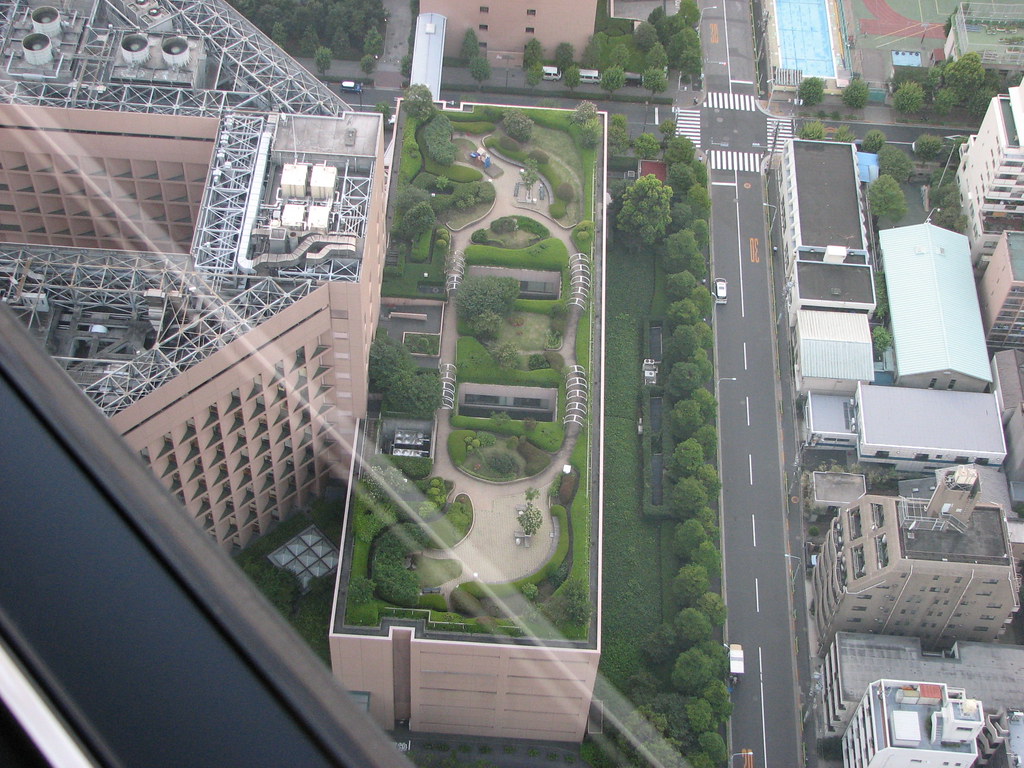Discover the innovative world of high-altitude rooftop gardens, where urban farming meets breathtaking views. These unique agricultural spaces are transforming city skylines, offering a sustainable solution for fresh produce in the heart of urban areas. Did you know that some of these elevated gardens are capable of producing enough food to supply entire communities? Explore how these sky-high farms are changing the way we think about urban agriculture and sustainability.

The concept of rooftop gardens is far from new, but the modern iteration, particularly high-altitude rooftop gardens, represents a significant evolution. This growing trend is largely driven by the increasing scarcity of urban space and the pressing need for cities to adopt more sustainable practices. High-altitude rooftop gardens transform otherwise unused spaces into vibrant areas of greenery, contributing to the aesthetics, biodiversity, and overall environmental quality of urban environments. The evolution of these gardens is marked by innovative designs and the integration of advanced agricultural technologies, making them more efficient and productive than ever before. Their growing popularity is a testament to their potential to reshape urban landscapes and contribute to a more sustainable future.
The adoption of elevated urban agriculture, including high-altitude rooftop gardens, brings with it a myriad of benefits as well as significant challenges. Environmentally, these gardens can help reduce the urban heat island effect, improve air quality, and increase biodiversity in urban areas. Socially, they can provide community gathering spaces and promote mental well-being through increased contact with nature. Economically, rooftop gardens can contribute to local food production, reducing the carbon footprint associated with transporting food over long distances and potentially lowering food costs. However, the challenges are substantial, including the initial setup and maintenance costs, structural weight limitations of buildings, and the need for specialized knowledge in rooftop gardening techniques. Despite these hurdles, the potential benefits offer compelling reasons for cities to invest in elevated urban agriculture.
For a comprehensive understanding of how rooftop gardens contribute to sustainability and urban biodiversity, consider exploring resources like the U.S. Environmental Protection Agency's page on Green Infrastructure, which offers valuable insights into the environmental benefits of such urban agricultural practices.

As rooftop gardens gain popularity, the quest for more efficient and sustainable farming practices has led to the adoption of innovative techniques and technologies. Among these, hydroponics and aeroponics stand out for their water efficiency and space-saving characteristics. Hydroponics, the method of growing plants in a nutrient-rich solution rather than soil, allows for denser planting and faster growth rates, making it ideal for the limited space of rooftops. Aeroponics, a step further, grows plants in an air or mist environment with no soil and very little water, showcasing an even greater efficiency and sustainability level.
Beyond these, other sustainable practices are being integrated into rooftop farming to enhance productivity and environmental benefits. These include the use of solar panels to power farming operations, rainwater harvesting systems to supply water, and composting systems to recycle organic waste into nutrient-rich compost. The integration of these technologies not only makes rooftop gardens more self-sufficient but also contributes to the broader urban sustainability goals by reducing waste, lowering energy consumption, and conserving water.

Across the world, high-altitude rooftop gardens are not just concepts but thriving realities that underscore the potential of urban agriculture. In cities from New York to Singapore, these green havens are not only beautifying the urban landscape but also contributing significantly to food security, biodiversity, and the well-being of urban communities. For instance, the Brooklyn Grange in New York City is one of the largest rooftop soil farms globally and has become a model for sustainable urban farming, producing tens of thousands of pounds of organically-cultivated produce each year. Meanwhile, in Asia, the Otemachi Tower in Tokyo, Japan, hosts a rooftop garden that utilizes advanced hydroponic systems to grow vegetables, fruits, and rice, demonstrating the integration of traditional agriculture with modern technology. These examples, among many others, illustrate the diverse and innovative approaches to rooftop gardening around the world, offering valuable insights and inspiration for future projects in urban agriculture.
Immerse yourself in architecture’s most boundary-pushing ideas—where innovative home improvements meet visionary urban developments. Discover new building techniques, materials, and creative concepts that are redefining how we shape our spaces on a global scale.